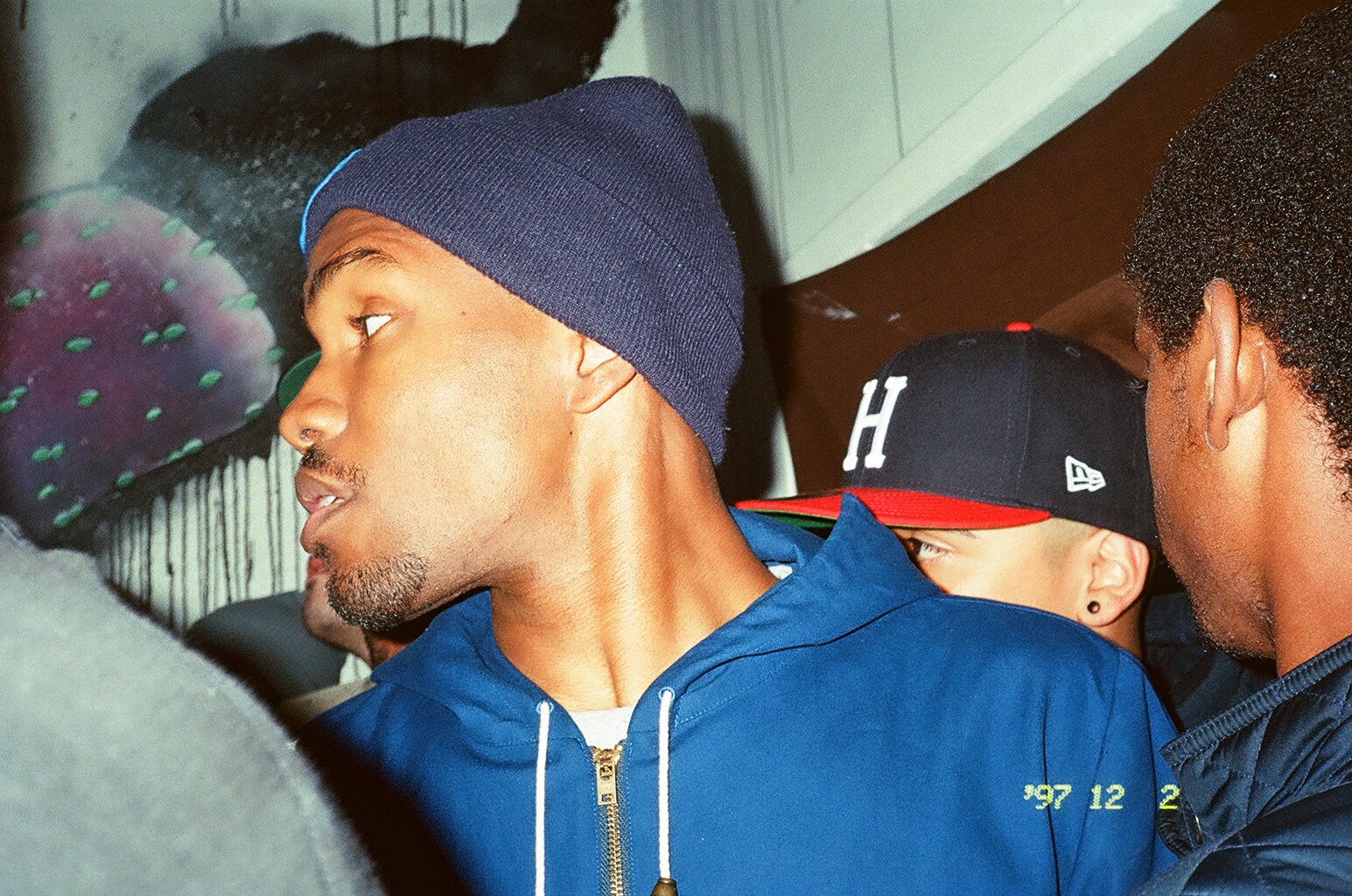Waiting for Frank Ocean to release new music was like waiting for the arrival of adolescence as a child. It seemed like the time would never come, but on Aug. 19, Ocean finally came through. His newest visual album, Endless, reminds listeners of the very intricate process of album-making, emphasizing the importance of well-produced music through its success.
Overshadowed by the release of the singer’s highly anticipated second studio album, Blonde, the surprise release of Endless barely received any reception from confused fans, let alone a warm one. While it may be seen as a distraction, this visual album is a masterpiece in its own right. Ocean’s emotional cover of “At Your Best (You Are Love),” — a nod to the late Aaliyah who popularized the 1976 ballad originally recorded by The Isley Brothers — reminds listeners of the singer’s musical prowess that kept his fans eagerly waiting for his next release.
Black and white images of the singer building a spiral staircase in a warehouse accompany the sounds of Ocean’s sweet melodies. This complex construction mirrors the production behind Ocean’s work. After listening to “Rushes To,” a commentary on religion and Ocean’s sexuality, I quickly understood why Ocean’s musical process was so protracted. His highly emotive lyrical content was crafted so delicately in order to evoke introspection from listeners and leave a lasting impression.
The tracks, recorded in several studios in locations ranging from Portugal to New York to German artist Wolfgang Tillmans’ home, are a product of Ocean’s privy yet brilliant mind. The album features collaborations with the likes of R&B singer Sampha, The London Contemporary Orchestra and Radiohead’s Jonny Greenwood, resulting in an experimental sound that combines techno beats with soulful riffs.
Unlike popular visual albums today, such as Beyonce’s Lemonade, Endless lacks a dramatic story arc or an extravagant setting. Its simplicity and low-budget feel allows viewers to focus on Ocean’s musical production. It continues to highlight the importance of an elaborate process in a successful music release by featuring Ocean configuring the stairs alone. The visual album was not accompanied with the release of traditional physical copies or audio streaming release and while that may be inconvenient, it forces listeners to enjoy the music in an uninterrupted flow, allowing for the quality of the entire piece to stand out.
The opening and closing track, “Device Control,” features Tillmans’ robotic vocals to explore the power of technology and its inherent freedom, summarizing the essence of the album as a whole: “Think of … the … possibilities/With this device, stream your life, it’s possible.”
With Endless, Ocean states his musical creativity has no boundary in today’s world and provides the timeless lesson that, like most art, the creative process is more important than the product.
Ocean’s desire to release a visual album to fulfill and end his contract with Def Jam Recordings is a symptom of an industry much more concerned with streams than album sales. In an age where music leaks feel almost inevitable, artists must find alternative ways to make their music releases an event, often accomplished through an unpredictable album release date or a highly anticipated premiere on an exclusive music service.
The rising trend of visual albums continue to blur the lines between art forms in the music industry, allowing for a much more limitless outlet of expression. After years of delay and disappointment, it seemed as though Frank Ocean actually enjoyed toying with the emotions of his dedicated fans. However, Endless demonstrates how four years in hiatus can actually be a good thing.



